Disclosure: This article contains affiliate links. We may earn a commission from purchases at no extra cost to you, which helps our travel content.
When I first arrived in Wellington after decades in Edinburgh, I was struck by the similarities between these hilly coastal capitals. Both are compact, walkable cities with dramatic landscapes and unpredictable weather that can deliver four seasons in a single afternoon. But unlike my Scottish hometown where I knew every shortcut and bus route, I initially felt lost navigating Wellington's public transit. After five visits in recent years—sometimes solo, sometimes with my wife and daughter—I've cracked the code to exploring this gem without the hassle and expense of a rental car. The good news? Wellington is arguably New Zealand's most pedestrian-friendly city, with excellent public transport that'll take you from harbor-side museums to hilltop lookouts for less than the cost of a day's parking. So put away those car rental brochures, grab your walking shoes, and let's discover how to experience the 'coolest little capital' while keeping both your carbon footprint and your travel budget trim.
Getting Your Bearings: Wellington's Layout for Walkers
Wellington's compact CBD is a dream for walkers—you can stroll from the waterfront to the central shopping district in about 15 minutes flat. The city center forms a rough semicircle around the harbor, with most attractions clustered within a 2km radius. It's when you venture beyond the flat harbor area that you'll understand why locals joke about their calf muscles—Wellington rivals San Francisco for its steep residential hills.
The city's orientation is straightforward enough: the waterfront provides your main reference point, with the CBD extending inland from there. Cuba Street (the bohemian heart) and Courtenay Place (the entertainment district) run parallel to the harbor, while Lambton Quay (the main shopping street) curves along what was once the original shoreline before land reclamation pushed the sea back.
For first-timers, I recommend spending your first morning simply wandering the waterfront from Oriental Bay to the Railway Station. This 2.5km flat walk gives you a perfect introduction to the city's layout and vibrant harbor life. Along the way, you'll pass the Te Papa museum, various sculptures, and plenty of coffee kiosks—Wellingtonians are serious about their coffee, nearly rivaling Melbourne in their obsession.
I still remember my first morning in Wellington, setting out from my hotel near Cuba Street with a rudimentary map and comfortable shoes. Within hours, I felt like I had mentally mapped the entire central city—a feat that would be impossible in sprawling Auckland or Christchurch without days of exploration.

💡 Pro Tips
- Pick up a free walking map from the i-SITE Visitor Information Centre on Wakefield Street
- Download the free Wellington City Heritage Trails app for self-guided walking routes
- The waterfront has a dedicated walking/cycling path that's perfect for orientation
Mastering the Snapper Card: Wellington's Public Transit Ticket
If there's one thing you'll need for car-free exploration of Wellington, it's a Snapper card. Think of it as Wellington's answer to London's Oyster card—a reloadable smart card that'll save you about 25% on every bus fare compared to cash payments.
When I first visited, I made the rookie mistake of paying cash for individual bus tickets. By day three, a kindly bus driver took pity on me—'You're bleeding money, mate!'—and directed me to the nearest dairy (that's Kiwi for convenience store) to purchase a Snapper.
The card itself costs NZ$10, and you'll want to load at least NZ$20 to start. You can buy and top up Snapper cards at most convenience stores, the Wellington Railway Station, and some larger supermarkets. The initial investment quickly pays for itself through discounted fares.
Using the card couldn't be simpler: tap on when boarding (the reader is usually near the driver) and—importantly—tap off when exiting. Forget to tap off and you'll be charged the maximum fare for that route. The system calculates your fare based on how many zones you travel through.
For visitors staying a week or longer, consider loading a 30-day bus pass onto your Snapper card. At NZ$150, it's good value if you'll be making multiple trips daily.
I keep my travel wallet with my Snapper card in an easily accessible pocket. After missing my stop once while frantically digging through my backpack, I've learned to keep transit cards at the ready!
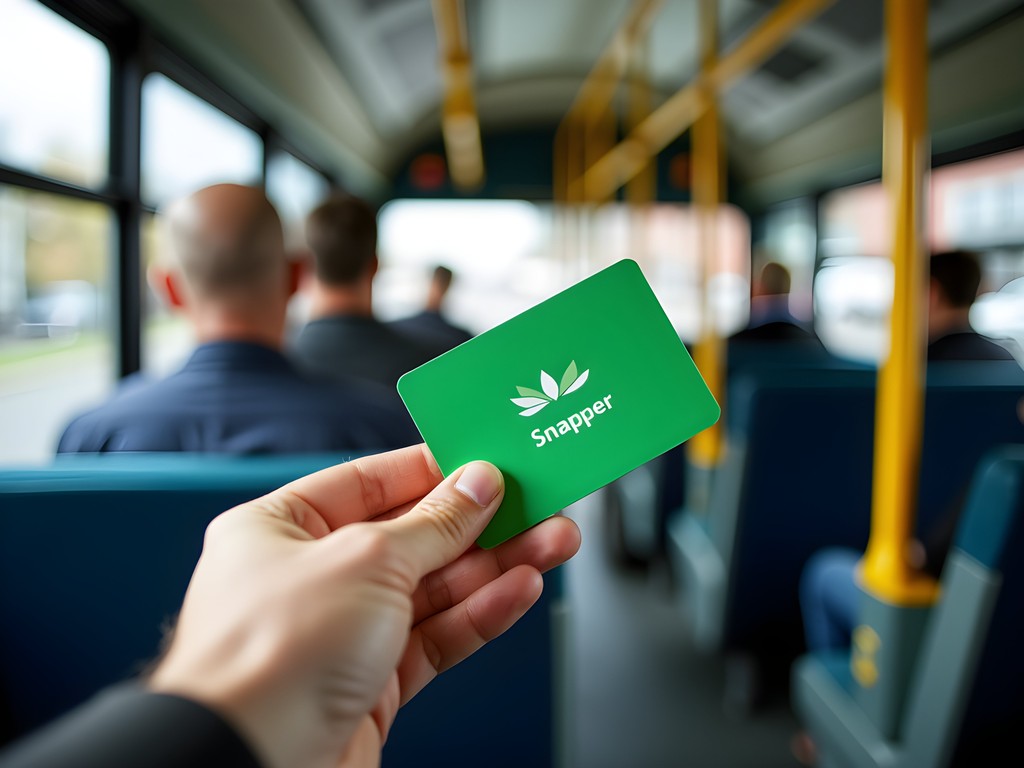
💡 Pro Tips
- Register your Snapper card online to protect your balance if the card is lost
- Download the Snapper app to check your balance and top up on the go
- A single zone fare is around NZ$2.50 with Snapper, compared to NZ$5.00 cash
Bus Routes Worth Knowing: Scenic Journeys and Essential Connections
Wellington's bus system radiates outward from the central hub at Lambton Quay, making it remarkably straightforward for visitors to navigate. After years of exploring the city, I've identified several routes that offer both practicality and scenic value.
The Number 2 bus deserves special mention—it's practically a tourist attraction in itself. Running between Karori and Miramar/Seatoun, it passes through the CBD while offering spectacular views along Oriental Bay. For about NZ$5 with your Snapper card, you'll get a tour that would cost ten times as much as an organized excursion. I often ride the full route when I first arrive, as it provides an excellent overview of the city's geography.
For beach lovers, the Number 1 bus to Lyall Bay is your ticket to Wellington's best surfing beach. I've spent many pleasant afternoons watching surfers tackle the waves while enjoying fish and chips from the local shops. The same route continues to Island Bay, offering a glimpse of Wellington's southern coast that many tourists miss entirely.
When heading to the must-visit Zealandia eco-sanctuary, catch the Number 10 to Kelburn, then connect with the free shuttle that runs from the top of the Cable Car. This saves you both money and the steep uphill walk.
For airport transfers, the Airport Flyer (route 91) runs every 20 minutes between the airport and Wellington Station. At NZ$12, it's significantly cheaper than a taxi, which will set you back around NZ$40. I always pack my packing cubes to keep my luggage organized and easy to manage on public transport—nothing worse than rummaging through a disorganized bag while fellow passengers wait to exit the bus!
Last tip: Wellington buses don't always stick rigidly to timetables, especially during rush hour or windy days. The Metlink website or app provides real-time updates, which I've found indispensable for planning connections.
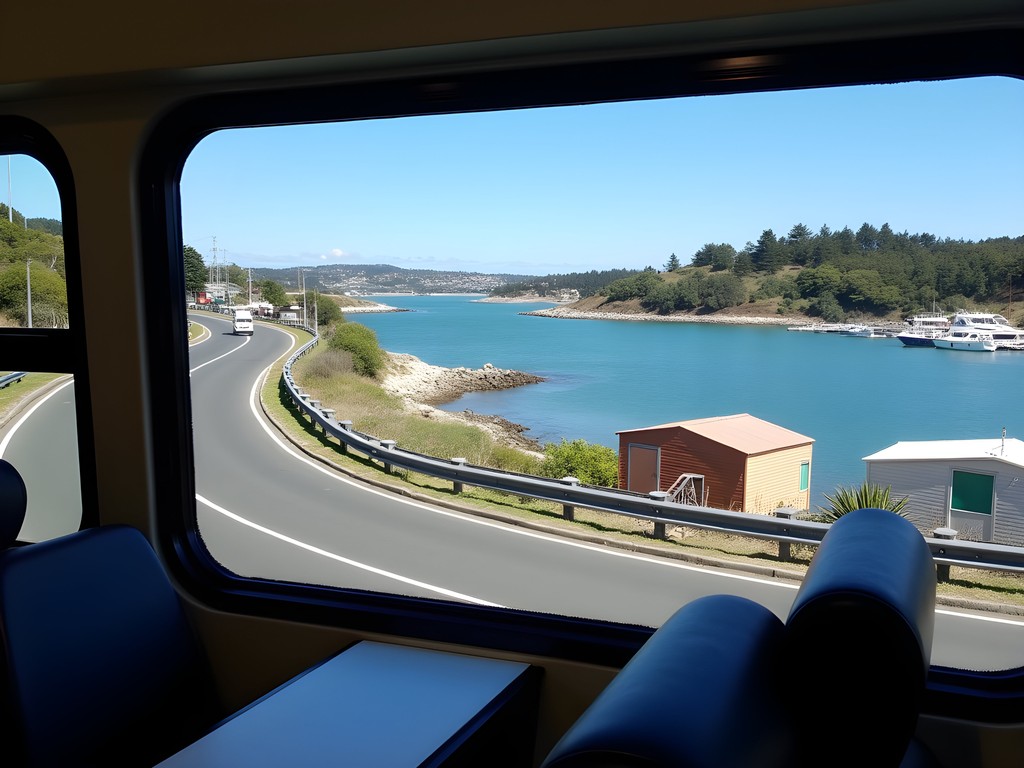
💡 Pro Tips
- Buses display their route number and destination clearly on the front
- Signal the driver well in advance when you want to get off
- Weekend and holiday schedules are reduced, so check times in advance
The Cable Car and Trains: Beyond Basic Bus Service
No car-free Wellington visit would be complete without riding the iconic Cable Car. This isn't merely a tourist attraction—it's a legitimate public transport option used by locals daily. The bright red cars shuttle between Lambton Quay in the CBD and Kelburn, where you'll find the Botanic Gardens, Cable Car Museum, and Space Place observatory.
At NZ$5 one-way (NZ$9 return), it's slightly pricier than a bus fare but delivers unmatched views over the city and harbor. The entire journey takes just five minutes, climbing 120 meters through three tunnels. My Scottish sensibilities appreciate this efficient combination of transport and sightseeing—why pay for separate attractions when you can combine them?
I typically ride up, spend a few hours exploring the Botanic Gardens (free entry), then walk downhill back to the city through the peaceful Cemetery Reserve path. It's a lovely 30-minute descent that saves you the return fare.
For ventures beyond the city center, Wellington's train system is remarkably efficient. All lines operate from the magnificent Wellington Railway Station—a heritage building worth visiting even if you're not catching a train. The Johnsonville line offers spectacular hillside views as it climbs through the northern suburbs, while the Hutt Valley line follows the harbor coastline before turning inland.
For day trips, I highly recommend taking the train to Petone (15 minutes, around NZ$5 with Snapper). This historic suburb offers a charming main street filled with cafes and boutiques. I stumbled upon a fantastic cooking class here at La Bella Italia, where I learned to make proper Italian gnocchi—a skill I've since impressed my restaurant staff with back in Salt Lake City.
During longer stays, consider a day trip to the Wairarapa wine region. The train to Featherston (1 hour, approximately NZ$16) connects with buses to Martinborough's vineyards. Just remember the last train back to Wellington leaves early evening—I once had to sprint through the station with a half-dozen wine bottles clinking in my daypack after lingering too long at a particularly enjoyable tasting!

💡 Pro Tips
- The Cable Car runs every 10 minutes from 7am-10pm weekdays, with slightly reduced hours on weekends
- Trains use the same Snapper payment system as buses
- For wine tours, consider staying overnight in Martinborough rather than rushing back for the last train
Walking Tours and Hidden Pedestrian Shortcuts
Wellington's compact size and pedestrian-friendly infrastructure make it ideal for exploration on foot. What many visitors don't realize is that the city is laced with hidden pedestrian shortcuts—alleyways, staircases, and paths that don't appear on standard maps but can save significant time and effort.
My favorite discovery came during my second visit, when a local showed me the network of lanes connecting The Terrace to Lambton Quay. These pedestrian-only passages cut through city blocks, shaving precious minutes off walking times and offering protection from Wellington's infamous wind. Woodward Street and Plimmer Steps are two such shortcuts worth knowing.
For history buffs, the Bolton Street Cemetery walk provides a fascinating glimpse into colonial Wellington while connecting The Terrace to the Botanic Gardens. I spent a contemplative afternoon here reading the weathered gravestones of early settlers—some stories so similar to those of Edinburgh's pioneers that I felt an unexpected connection across hemispheres.
Wellington's waterfront deserves special mention as a pedestrian haven. The 3km harbor promenade from Oriental Bay to the Railway Station is entirely car-free and studded with sculptures, cafes, and observation points. On Sunday mornings, this path comes alive with the Harbor Market, where I've found some of the best street food in New Zealand—the pork and apple Hangi pies are worth traveling for!
For those interested in geology (a passion I developed after moving to Utah), the Southern Walkway offers remarkable insights into Wellington's tectonic setting. This 10km trail from Oriental Bay to Island Bay crosses the Wellington Fault line and provides stunning views of the harbor and Cook Strait. The terrain can be challenging in parts, so I recommend wearing proper hiking shoes rather than casual trainers.
When walking Wellington's steeper streets, remember the local saying: 'You're never more than 10 minutes from a coffee shop.' This has proven true countless times when I've needed a breather halfway up one of the city's vertiginous hills. My personal favorite rest stop is Customs Brew Bar on Ghuznee Street, where the baristas treat coffee-making with the same reverence we Scots reserve for whisky distilling.

💡 Pro Tips
- Pick up the free 'Wellington Walks' brochure from the i-SITE Visitor Centre
- Use the pedestrian crossing buttons even when streets appear empty—Wellington drivers take these signals seriously
- The city's hills can be surprisingly steep—plan routes to go downhill rather than up when possible
Cycling and Harbor Ferries: Alternative Car-Free Options
While buses and walking form the backbone of Wellington's car-free transport network, the city offers additional options that provide both practicality and unique perspectives.
Cycling in Wellington was once considered the domain of the brave (or foolish), but recent infrastructure improvements have made it increasingly viable. The waterfront route from Oriental Bay to Evans Bay is almost entirely flat and separated from traffic—perfect for casual cyclists. Several shops near the waterfront offer bike rentals, typically around NZ$30-40 for a half-day.
My daughter, who joined me on my last visit, insisted we try the electric bikes from Switched On Bikes near the i-SITE center. Initially skeptical (in my day, bikes didn't need batteries!), I was quickly converted when that electrical assistance kicked in on Wellington's hills. We covered the entire harbor perimeter in a leisurely afternoon, stopping frequently for photos and refreshments.
For a different perspective of the city, harbor ferries connect the CBD with neighborhoods across the bay. The most useful for visitors is the Days Bay ferry (East by West Ferries), which departs from Queens Wharf and crosses to Days Bay/Eastbourne several times daily. The 25-minute journey costs around NZ$12 one-way and offers spectacular views of the city skyline that you simply can't get from land.
Days Bay itself is worth the trip—a charming beach community with safe swimming, kayak rentals, and several excellent cafes. The Chocolate Dayz Cafe became an immediate favorite when I discovered their Scottish shortbread rivaled my grandmother's recipe.
For wildlife enthusiasts, Somes/Matiu Island in the harbor center is accessible only by ferry. This predator-free scientific reserve hosts rare native birds and reptiles. The ferry runs less frequently (usually weekends only), so check the schedule in advance.
One rainy afternoon, when neither cycling nor ferries appealed, I discovered Wellington's hop-on-hop-off minivan tour. While pricier than public transport at NZ$49, it provided a comprehensive overview of attractions beyond walking distance, with the added benefit of a knowledgeable local guide. The driver's commentary on Wellington's geological formation was particularly fascinating, explaining how earthquakes have literally shaped the city I was exploring.
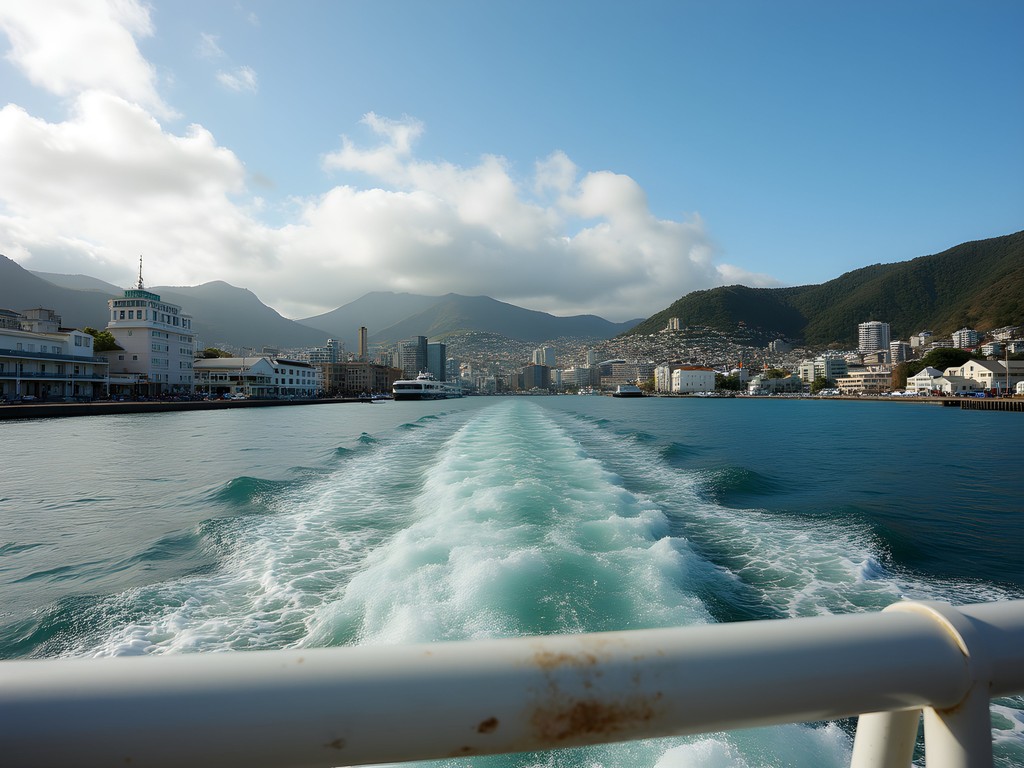
💡 Pro Tips
- Book ferry tickets online for a small discount
- If cycling, remember Wellington can experience sudden weather changes—pack a light rain jacket
- The Eastbourne ferry offers bike racks if you want to combine cycling with a harbor crossing
Final Thoughts
After a week exploring Wellington without a car, I've come to appreciate how this compact capital rewards the car-free traveler. Not only will you save money on rentals and parking, but you'll experience the city as locals do—from street level, where the real character of Wellington reveals itself. From the distinctive rumble of the historic Cable Car to the gentle sway of the harbor ferry, each transport mode offers a different perspective on this geologically dramatic, culturally vibrant city. I've found Wellington to be that rare capital where public transport enhances rather than merely facilitates the travel experience. So next time you're planning a New Zealand adventure, give your driving muscles a rest and let Wellington show you how enjoyable car-free travel can be. Your wallet, the environment, and your sense of discovery will all thank you. And if you happen to spot a stocky Scotsman admiring geological formations or chatting with street performers near Cuba Street, stop and say hello—I'm always keen to swap transport tips over a proper flat white!
✨ Key Takeaways
- Wellington's compact size makes it ideal for car-free exploration
- The Snapper card is essential for saving money on public transport
- The city's hilly terrain is manageable with strategic use of buses and the Cable Car
- Harbor ferries provide unique perspectives impossible to get from land
📋 Practical Information
Best Time to Visit
year-round, though February-April offers most reliable weather
Budget Estimate
$75-150 NZD per day including accommodation, food, and transport
Recommended Duration
4-7 days
Difficulty Level
Easy

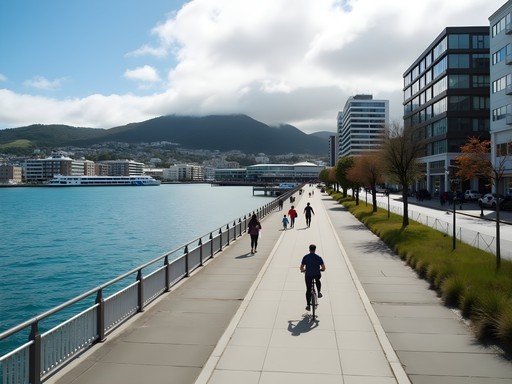


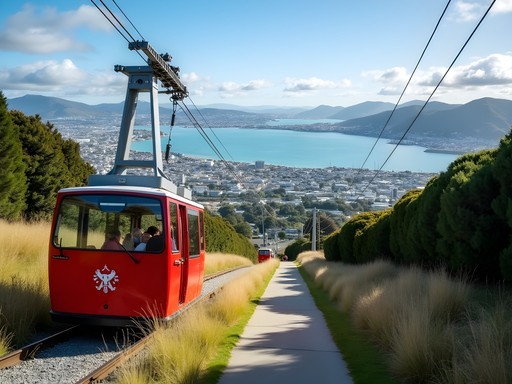
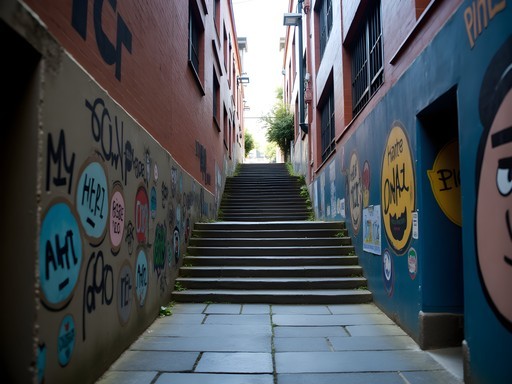





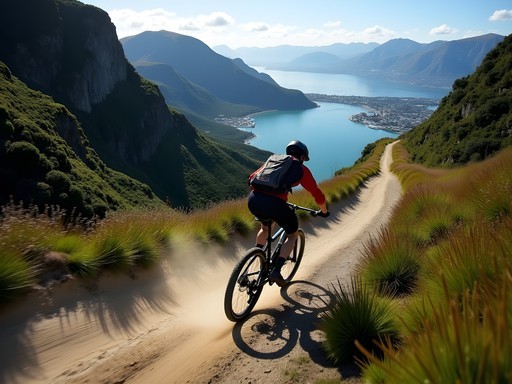

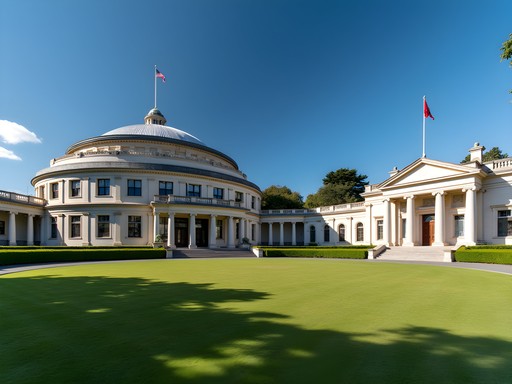

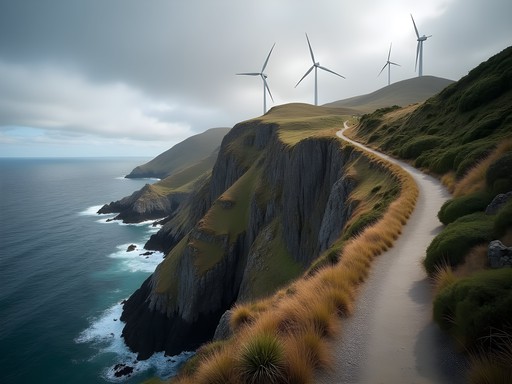
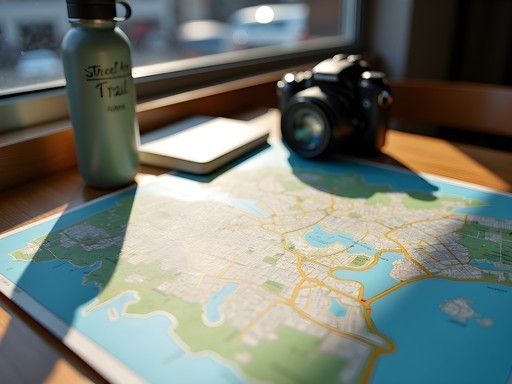
Comments
vacationhero
Great post! Is it really possible to see everything in Wellington without a car? I'm planning a trip there and wondering if I should rent one or just stick with public transport. Also, how hilly is it really? I'm not great with lots of uphill walking lol
Samuel Green
Absolutely! The central city is very compact and everything's walkable. For the hills, there are plenty of buses that can take you up the steeper parts. I'd definitely skip the rental car - parking is expensive and the one-way streets can be confusing.
KiwiExplorer
As a local, I can confirm you don't need a car! If you're worried about hills, just take the buses or grab an Uber for the steeper climbs. Much easier than dealing with parking!
vacationhero
Thanks both! Definitely skipping the car rental then. So excited!
Hunter Thompson
Mate, this guide is spot on! Just wrapped up 3 weeks in Wellington and the public transport is genuinely brilliant. The cable car views are unreal - I'd recommend going up around sunset for some epic shots of the harbor. One tip I'd add: if you're staying more than a few days, load up your Snapper card with enough for the week. I kept having to top up daily which was a bit of a faff. Also found that Google Maps isn't always accurate with the bus times, so I downloaded the official Metlink app which was much more reliable.
Samuel Green
Thanks Hunter! Great point about the Metlink app - I should have mentioned that. The sunset cable car tip is gold too!
vacationhero
How much did you typically put on your Snapper card per week? Heading there next month and trying to budget!
Hunter Thompson
@vacationhero I put about $40 NZD on mine for a week of fairly regular use. If you're planning to use it for daily trips, that should cover you!
windycity_wanderer
Love that cable car photo! Those red carriages against the green hillside are so iconic.
kiwi_explorer
If you're staying for more than a few days, consider getting a Metlink 30-day pass - saved me heaps when I was there for work last month. Also, the walk from Oriental Bay to Lyall Bay is stunning on a clear day!
tripvibes8106
How long does that walk take? Sounds nice!
kiwi_explorer
It's about 2-3 hours depending on your pace. Quite hilly in parts but totally worth it for the coastal views!
tripvibes8106
Just got back from Wellington and this guide would have been so helpful! The cable car views are amazing!
Douglas Bradley
This guide really resonates with my experience in Wellington last year. I'd add that the #2 bus route is fantastic for getting to Zealandia if you're into wildlife conservation. The transfer from the cable car to Zealandia's free shuttle is also seamless. One thing I found helpful was using the Metlink app for real-time updates, especially during rush hour when some buses get packed. Also, don't miss taking the train to Days Bay for a day trip - the harbor views are spectacular and you can rent kayaks there without needing a car at all. Samuel, did you make it to the Weta Workshop? Curious how you got there without a car since it's a bit out of the way.
Samuel Green
Thanks Douglas! Yes, I did visit Weta Workshop - took the #2 bus to Miramar and then it was about a 10-minute walk. They also have a shuttle from the i-SITE visitor center downtown for their guided tours if you book in advance.
Douglas Bradley
Good to know about the shuttle! I walked from the bus stop too, but it started raining on my way back. Next time I'll look into that shuttle option.
adventureking
Going to Wellington next month! Is the cable car worth the price or just a tourist trap?
backpackqueen
Definitely worth it! Not just for the ride (which is fun) but the views from the top are amazing. Plus the gardens up there are free to explore afterward.
adventureking
Awesome, thanks! Adding it to my list.
smartpro
Great guide! I'm heading to Wellington next month - is the Snapper Card worth getting if I'm only there for 3 days? Or should I just pay cash for individual trips?
Douglas Bradley
Absolutely get the Snapper Card! Even for just 3 days, you'll save about 25% on every trip. Plus, you avoid fumbling with cash. You can buy one at any i-SITE visitor center or most convenience stores.
smartpro
Thanks for the tip! Will definitely pick one up then.
Robert Moreau
The comparison to Edinburgh is spot on! I've spent time in both cities and they do share that compact, hilly character. While I typically prefer more luxurious transportation options, Wellington's public transit surprised me with its efficiency. The harbor views from the train to Petone are spectacular, especially at sunset. I'd add that if you're staying more than a few days, the weekly pass option for the Snapper card becomes quite economical. Also, don't miss taking the #24 bus out to Miramar Peninsula - the coastal scenery is breathtaking and there are some excellent restaurants that make the journey worthwhile. Wellington might be the only capital city where I'd actively choose public transit over private transport.
Samuel Green
Thanks Robert! Great tip about the #24 to Miramar Peninsula - I'll have to check that out on my next visit. The Edinburgh comparison really struck me from day one.
oceanguide
How reliable are the buses for getting to attractions outside the city center? Planning to visit Zealandia and the Weta Workshop.
roamguy
The #2 bus to Zealandia runs every 15 mins and is super reliable. For Weta, the #2 gets you close, then it's a short walk. Never had issues with either!
Venture X
Premium card with 2X miles, $300 travel credit, Priority Pass